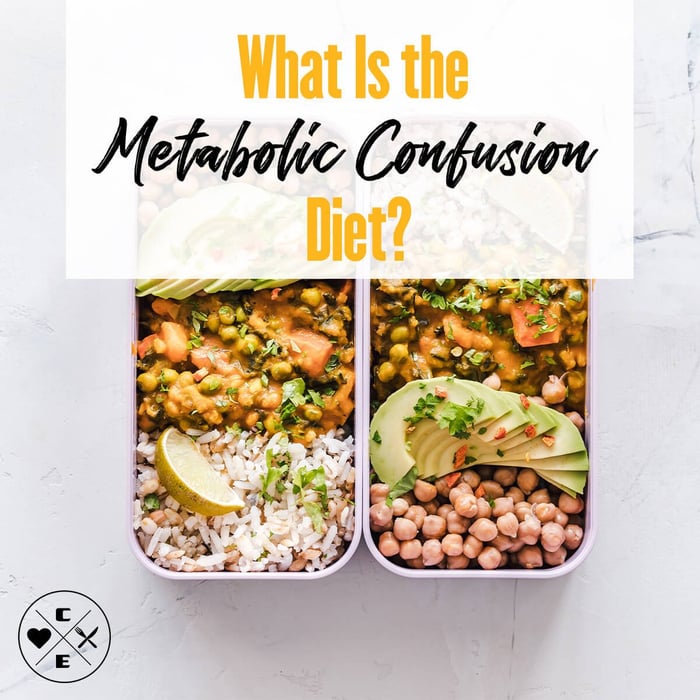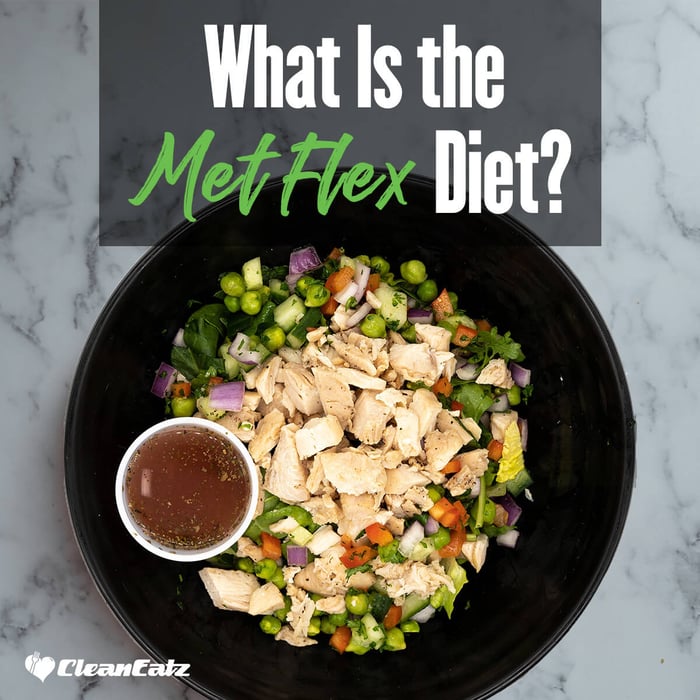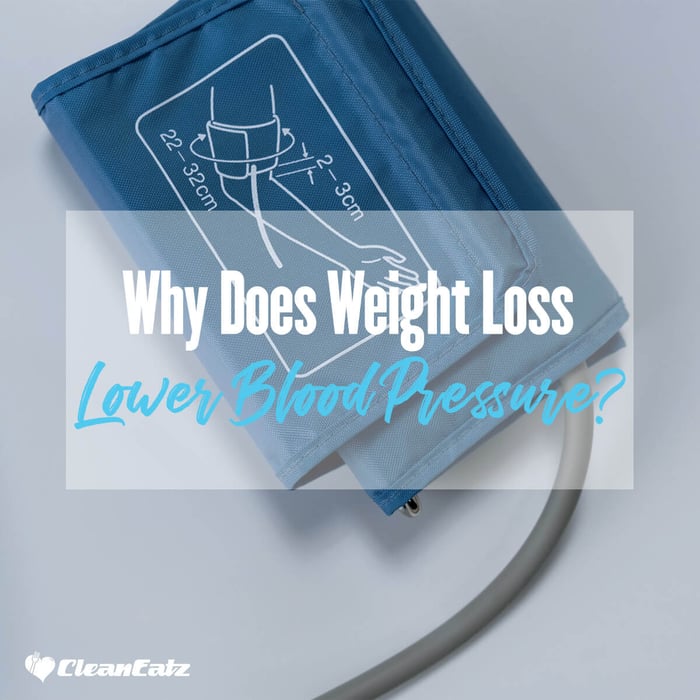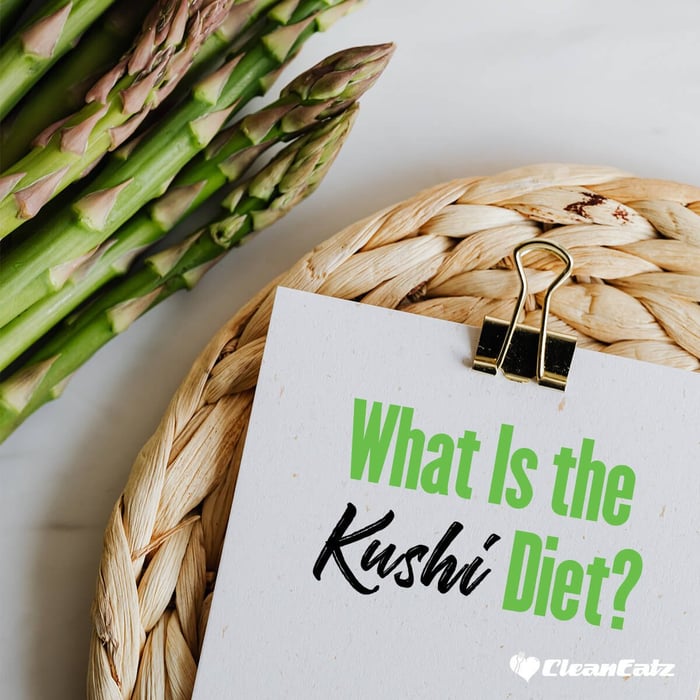Last updated: October 31, 2025
What Is the Metabolic Confusion Diet? Calorie Cycling That Actually Works
Short answer: “Metabolic Confusion” is just calorie cycling (a.k.a. calorie shifting). You alternate lower-calorie days and higher-calorie days but keep your weekly average in a modest deficit. It doesn’t literally “trick” your metabolism. The benefit is mostly adherence (hard days balanced by easier days), pairing high-calorie days with tough workouts, and fitting in social meals without abandoning your plan. The average weekly calories—and hitting enough protein—drive fat loss.
How “Metabolic Confusion” Works (In Plain English)
- You set a weekly calorie budget that’s a bit below maintenance (a small deficit) to promote weight loss.
- You split that budget into low-calorie days and high-calorie days (e.g., 3 low / 4 high).
- Protein stays high every day; you mostly adjust carbs/fats to hit low vs. high targets.
- Hard training (leg day, long run, intervals) goes on high days; light training (short cardio/steps) goes on low days.
Find your maintenance calories with our Calorie Calculator. For fat loss, aim for a modest calorie deficit (e.g., ~300–500 less calories per day on average).
Quick Setup: Calories, Protein, and Your Weekly Pattern
- Set your targets.Use:
- Calories: from the Calorie Calculator.
- Protein: ~0.7–1.0 g per lb/day for muscle building (or use the Protein Calculator).
- Choose a pattern. Popular: 3 Low / 4 High or 4 Low / 3 High. If weekends are social, make Sat/Sun High.
- Pick numbers.Example for 2,200 calories (kcal):
- Fat-loss budget of 2,200 − 400 = 1,800 kcal/day average → 12,600 kcal/week.
- Pattern: 3 Low + 4 High → choose Low = 1,600 and High = 1,950 → weekly total is still 12,600.
- Assign days. Put leg day/HIIT on High; steps/Zone-2 on Low.
Low-Day vs High-Day Meal Templates (with CEK Shortcuts)
Low Day (e.g., ~1,600 kcal)
- Protein: steady at each meal (30–45 g). Anchor with CEK options: High-Protein Box, Build-a-Meal Plan, or Protein Powder.
- Carbs: modest portions (oats, rice, potatoes, fruit); push non-starchy veggies for fullness.
- Fats: measured (1–2 tsp olive oil or nuts as toppings, not handfuls).
Example day: Greek yogurt bowl → CEK entrée + salad → salmon + roasted veg + small potato → fruit + cottage cheese.
High Day (e.g., ~1,950 kcal)
- Protein: same as Low (don’t drop it).
- Carbs: larger portions around training (rice, oats, whole-grain pasta, fruit).
- Fats: moderate; add avocado, olive oil, feta, or tahini as desired within calories.
Example day: Oatmeal + whey + berries → CEK entrée + rice/veg → chicken burrito bowl → yogurt + granola measured.
Hydration: water first; electrolytes on hot/training days (guide).
7-Day Sample Plan (Pairing Workouts)
| Day | Calories | Training Focus | Notes & CEK Ideas |
|---|---|---|---|
| Mon | Low (~1,600) | Zone-2 walk or incline treadmill 20–30 min | Fruit + cottage cheese to start the day, CEK entrée + big salad for other meals |
| Tue | High (~1,950) | Leg day or intervals | Add rice/potatoes, yogurt bowl in PM |
| Wed | Low | Upper-body lift (moderate) or long walk | Focus on lean protein + veggies for volume |
| Thu | High | Full-body lift | Carb up around workout |
| Fri | Low | Rest or easy cardio | Go heavy on non-starchy veggies, try our snack ideas |
| Sat | High | Social day / activity | Plan higher-cal dinner, keep protein steady |
| Sun | High or Low (your schedule) | Light activity + meal prep | Stock up on Build-a-Meal Plan options for next week |
Pros & Cons
Pros
- Adherence: tough days balanced by easier, social-friendly days.
- Performance: high days can fuel harder training.
- Psychology: planned flexibility reduces “all-or-nothing” blowouts.
Cons
- Requires planning and tracking weekly totals.
- Very low “low days” can backfire (hunger, binges).
- Frequent swings can mask progress on the scale.
What the Science Suggests
Small studies on calorie shifting show fat-loss results comparable to continuous restriction and, for some people, better adherence. There’s no strong evidence you can “trick” your metabolism; the weekly energy deficit and enough protein are what matter. Many lifters also use refeeds or diet breaks to support training and adherence—again, benefits are more behavioral/psychological than “metabolic magic.”
Common Pitfalls & Easy Fixes
| Pitfall | Why it Hurts Results | Fix |
|---|---|---|
| Low days too low (<1,200 kcal) | Excess hunger → rebound eating | Use modest lows (e.g., 300–500 kcals less vs maintenance), keep protein adequate |
| High days become “cheat days” | Erase the weekly deficit | Plan high days, hit protein first, keep treats/desserts measured |
| Protein drops on low days | Muscle loss, hunger spikes | Hit protein at every meal, use Protein Powder or CEK entrées for ease |
| Scale whiplash | Carb/sodium/water swings hide fat loss | Track weekly averages, take waist/hip measurements biweekly |
| No plan for training | Low energy for key workouts | Schedule hard sessions on High days |
FAQs
Is metabolic confusion better than a steady daily deficit?
Neither is universally “better.” If calorie cycling helps you stick to the plan and train well, it can outperform a steady deficit for you. If it feels complicated, a simple daily target works great.
How many low vs high days should I do?
Common splits are 3 Low / 4 High or 4 Low / 3 High. Keep the weekly average in a small deficit and protein high.
Can I combine this with keto, paleo, or Mediterranean?
Yes—calorie cycling is about amounts, not food lists. Choose the style you enjoy and can sustain.
Who should avoid it?
Anyone pregnant/breastfeeding, with a history of eating disorders, uncontrolled diabetes, or medical conditions affecting diet—work with a clinician. This article is for general information and should not be construed as medical advice.
How long should I use this approach?
4–12 weeks is typical. If progress stalls for 2–3 weeks (no average weight/waist change), reduce weekly calories slightly or add activity; otherwise, consider a 1–2 week diet break.
Related Tools, Guides & Meals
- Calculators: Calories • Protein • Weight-Loss %
- Guides: Carb Basics • Snack Ideas • Healthy Dinner Recipes
- Meals: High-Protein Box • Build-a-Meal Plan • Weight-Loss Meal Plan • Protein Powder
Disclaimer: This content is for education only and isn’t medical advice. If you have medical conditions or take medications, consult your clinician or a registered dietitian before changing your diet.




